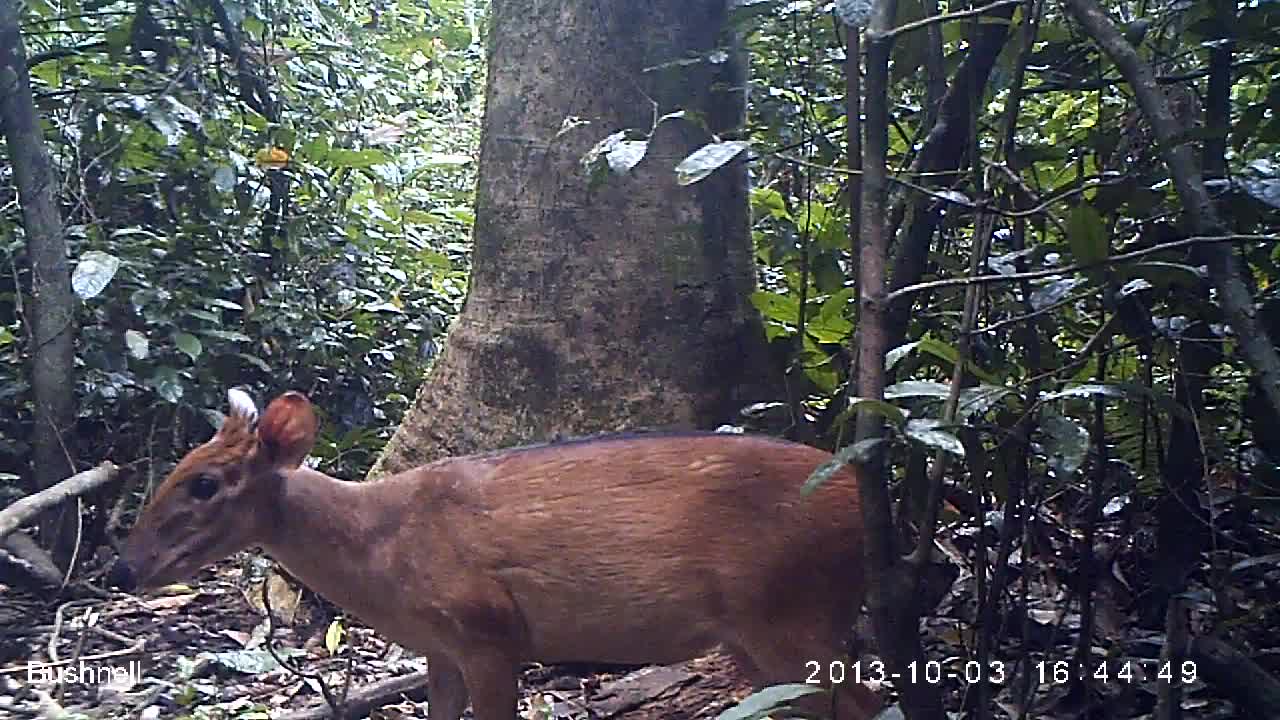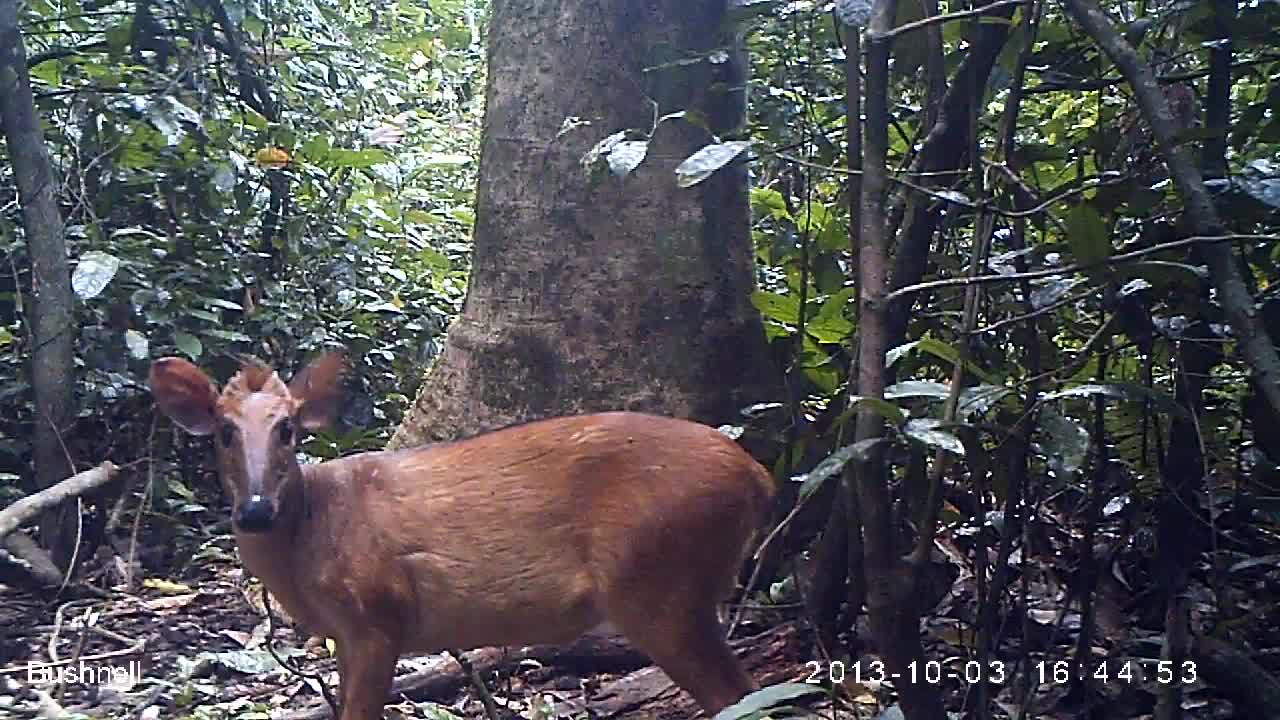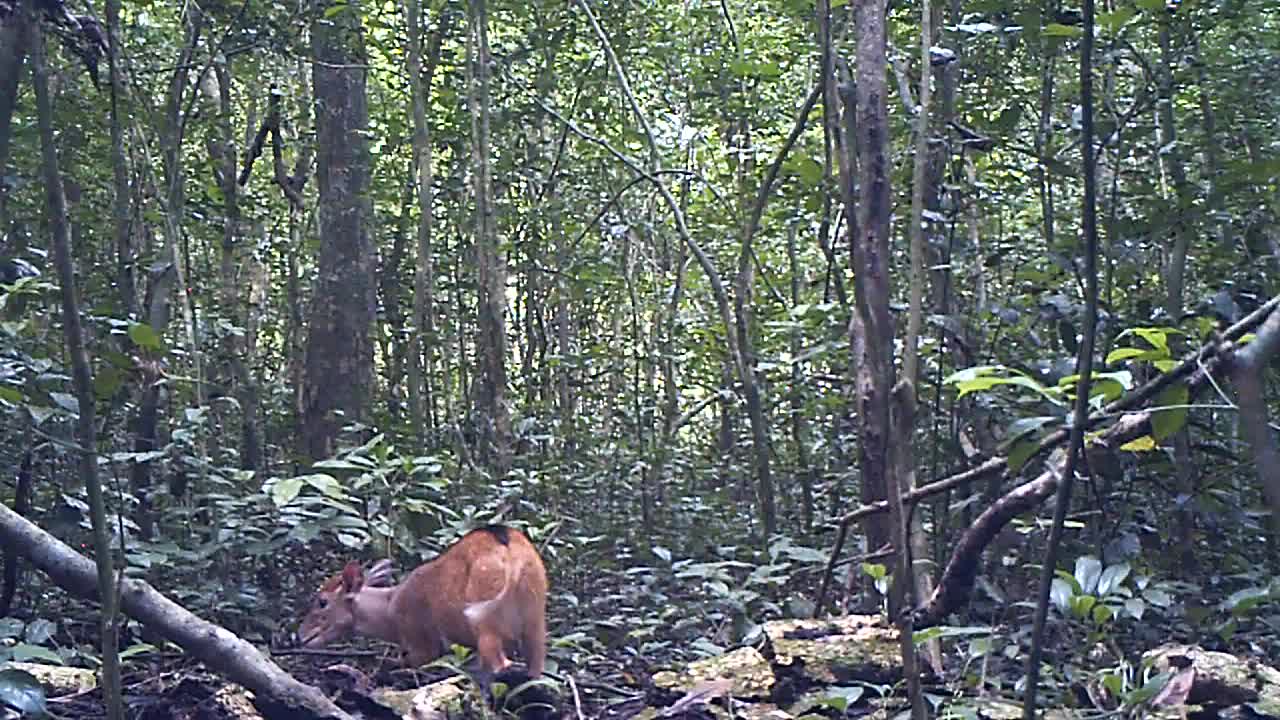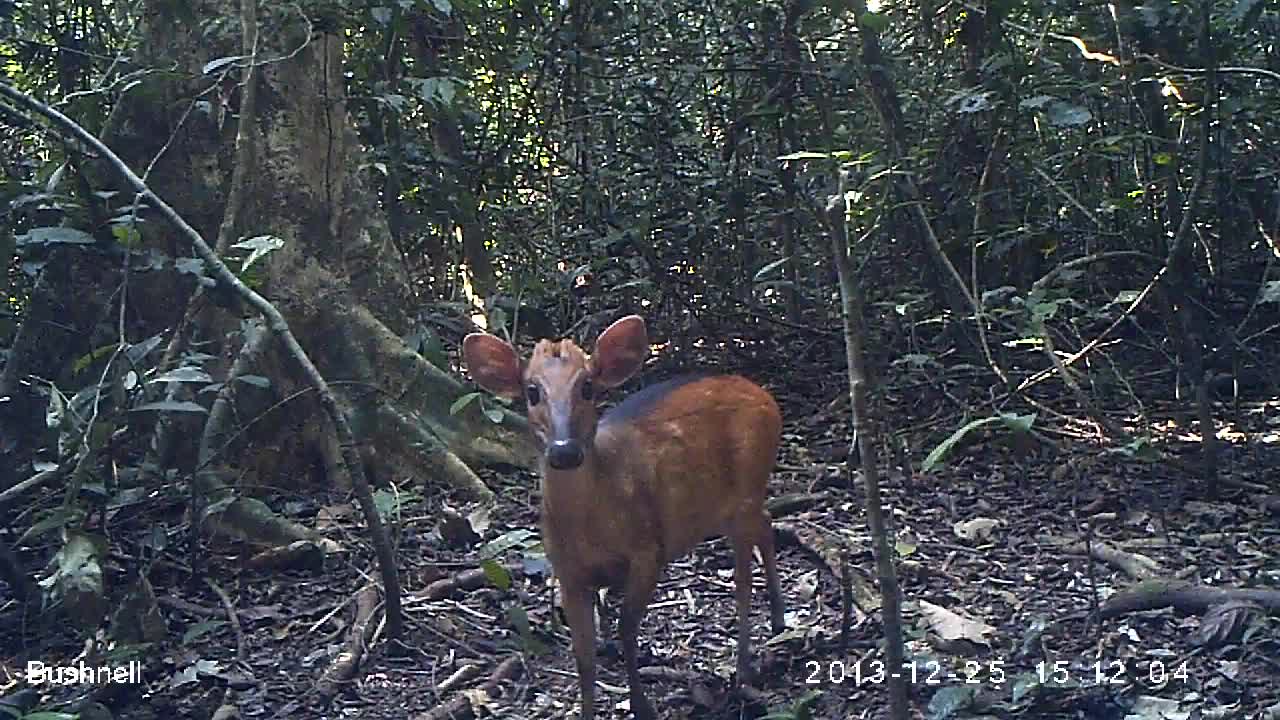DUIKERS - help needed
-
 by
MimiA
scientist, moderator
by
MimiA
scientist, moderator
Hi everyone
Willem Frost, author of The Antelope of Africa is looking for some rare duiker and antelope images for the 2nd edition of his book. And our camera traps may just have what he is looking for! If anyone feels like keeping an eye out or going back and re-examining and possibly re-tagging old videos, I am sure it would be much appreciated!
Willem is looking for:
1) Images of Booke's duiker (Cephalophus brookei)
"Brooke’s duiker used to be regarded as a subspecies of Ogilby’s, but has been upgraded to species status by Grubb (and others) in 1998 and by Grubb & Groves in 2002. The Antelope Specialist Group of the IUCN, however, still regards it as a subspecies of C. ogilbyi. The jury still seems to be out on the classification of Brooke’s duiker.
The differences are marginal. In Brooke’s duiker, for instance, the black stripe along the back ends before reaching the tail whilst in Ogilby’s it usually runs on to the tail.
It is quite useful to consider the geographical distribution areas as Brooke’s and Ogilby’s do not overlap. Brooke’s occur only in Sierra Leone, Liberia, Guinea, Ivory Coast and western Ghana."

"Ogiby’s occur in south-eastern Nigeria, south-western Cameroon and on Bioko Island. The white-legged duiker is endemic to western Gabon (Cephalophus crusalbum)."

Citizen Scientists, this means that the C. Ogilbyi that are tagged in
- Cold Snowflake
- Cool Silence
- Red Water
- Muddy Frost
- (and upcoming Crimson Dew and Lingering Shape)
are actually Brooke's duikers - if people can additionally tag them as such would be great!
It would also be interesting if there are any Ogilby's/white-legged from Shy Waterfall as currently that site is not part of either of their distributions.
And if anyone wants to suggest the nicest screen grabs for these species below, it would also be great!
2) Images of Bates’ pygmy antelope, Neotragus batesi.
"Their distribution is somewhat uncertain, but it seems they occur from western Uganda westward in northern DRC, the Congo, Cameroon, Equatorial Guinea, CAR, Gabon and a small isolated population south-eastern Nigeria.
This is Africa’s second smallest ungulate and its small size is a useful identifying feature. The light brown fur has a shiny gloss. The underparts and upper insides of the legs are white, as is the tip of the tail. There are also white markings on the throat, chin and ears. Females do not have horns and they are bigger than the males. The preorbital glands are prominent. Sometimes they have lateral (or false) hooves or otherwise a naked patch instead. "
https://en.wikipedia.org/wiki/Bates's_pygmy_antelope


Citizen Scientists, this means possible sites we may find this species is at Quiet Wood and Shy Waterfall (for now 😃 )
Thanks to everyone!
Posted
-
 by
ksigler
moderator
by
ksigler
moderator
How exciting! And thank you for this new information regarding the distribution. It will help clear up a lot of uncertainty. I assume you want people to suggest screenshots in this thread?
This is a great shot that @Quia had in her guide. So we now know, based on the location of Red Water, that it's a Brooke's... right?
From: ACP0003dr9 (click +)
Posted
-
 by
MimiA
scientist, moderator
by
MimiA
scientist, moderator
Thanks @Ksigler - that is right! If you come across any that are full body (legs and all) that would be the best 😃
Posted
-
 by
ksigler
moderator
in response to MimiA's comment.
by
ksigler
moderator
in response to MimiA's comment.
I thought about that as soon as I posted it -- will keep looking.
Posted
-
 by
WillemFrost
by
WillemFrost
Thank you very much, ksigler. I will wait , however, until you strike gold with a full body image.
Posted
-
 by
WillemFrost
by
WillemFrost
In addition to the species and subspecies mentioned above, I also images of Cephalophus leucogaster, commonly known as the Gabon duiker, or White-bellied duiker. Please advise if anyone stumbles across any images. I already got two images from Theophile Desarmeaux, but would welcome any additional ones.
Posted
-
 by
ksigler
moderator
by
ksigler
moderator
This is an attempt to quickly summarize the new information for our tagging purposes until we can revise the guide. There is a classification for small antelopes, but I have only seen a couple of them tagged. Hopefully some will turn up and we can determine the exact species.
For those looking at duikers, these are the relevant keyword/tag collections if you want to review what we've already found, and to use for tagging your new finds. Remember, you can edit your own past tags.-
#duiker
General catch-all if the exact type is unknown. Add correct tags, if possible. -
#red_duiker
General catch-all for all duikers with a reddish coat (there are many "red" species, more than those listed here). Add correct tags, if possible. -
#bay_duiker
Not of interest here, but there may be some mis-tagged ones. Bays have white dots by the eyes and the dark blaze down the nose, in addition to the dorsal stripe that goes to the tip of the tail. -
Correct tag for Ogilby's should be #ogilbys_duiker Black dorsal stripe continues to the tip of the tail. For site Shy Waterfall only. If you see a duiker with the stripe going to the tip of the tail at another site, mark it as #brookes_duiker, or ask for verification. The Ogilby group may include white-legged duikers (Cephalophus ogilbyi crusalbum).
DO NOT USE #oligbys_duiker (sic) This one needs clean-up, as many are Brooke's, as explained in top post. Edit your past tags, if possible, or add new.
-
#brookes_duiker Black dorsal stripe ends before reaching the tail. For sites Cold Snowflake, Cool Silence, Red Water, or Muddy Frost (or future sites Crimson Dew & Lingering Shape). Please share best full-body photos.
-
#small_antelope (other than duikers, including/especially Bates' pygmy antelope, Neotragus batesi) If Bates' pygmy antelope is confirmed, please share best full-body photos.
Suggested tags for previously unestablished(?) collections:
- white-bellied_duiker (White-bellied or Gabon duiker, Cephalophus leucogaster) Please share best full-body photos.
Posted
-
-
 by
Quia
moderator
by
Quia
moderator
Did I really mix up the name of the Ogilby's? This is where I hide my head in shame. (and fix all my tags...)
Posted
-
 by
Quia
moderator
by
Quia
moderator
I am not sure, are these three white legged duikers?
ACP0002nen
ACP00031kk
ACP0004ayj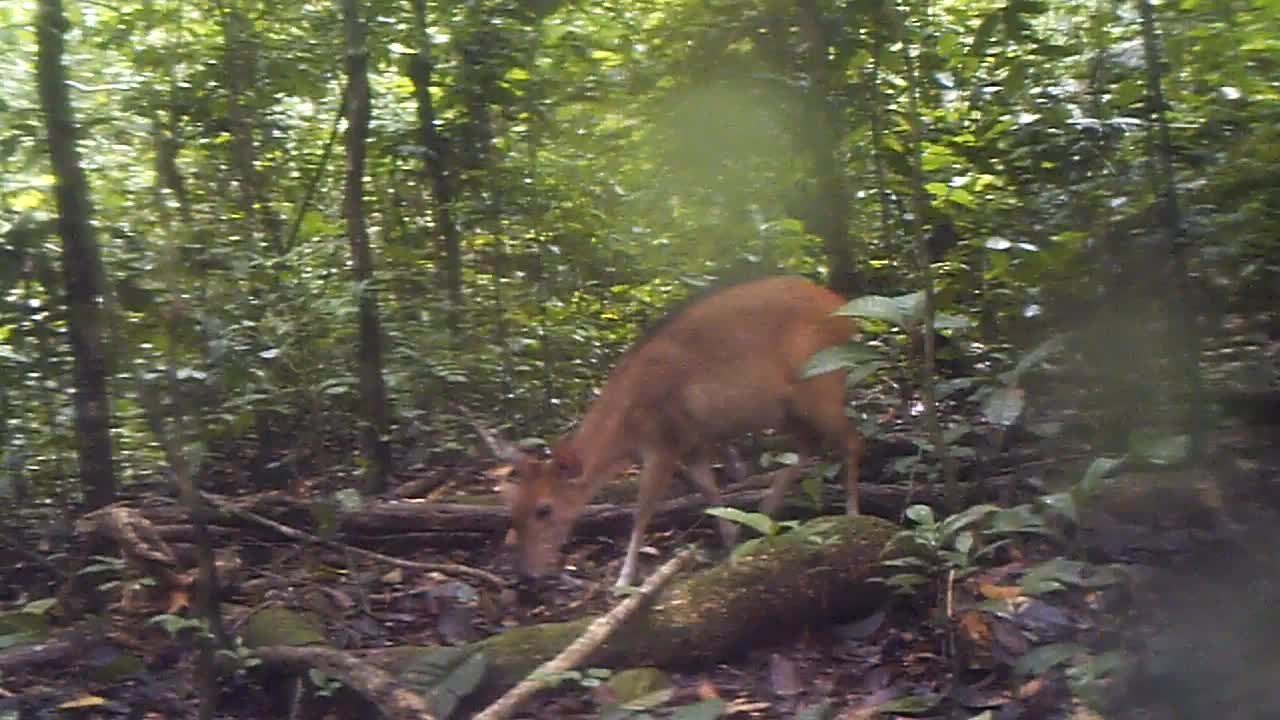
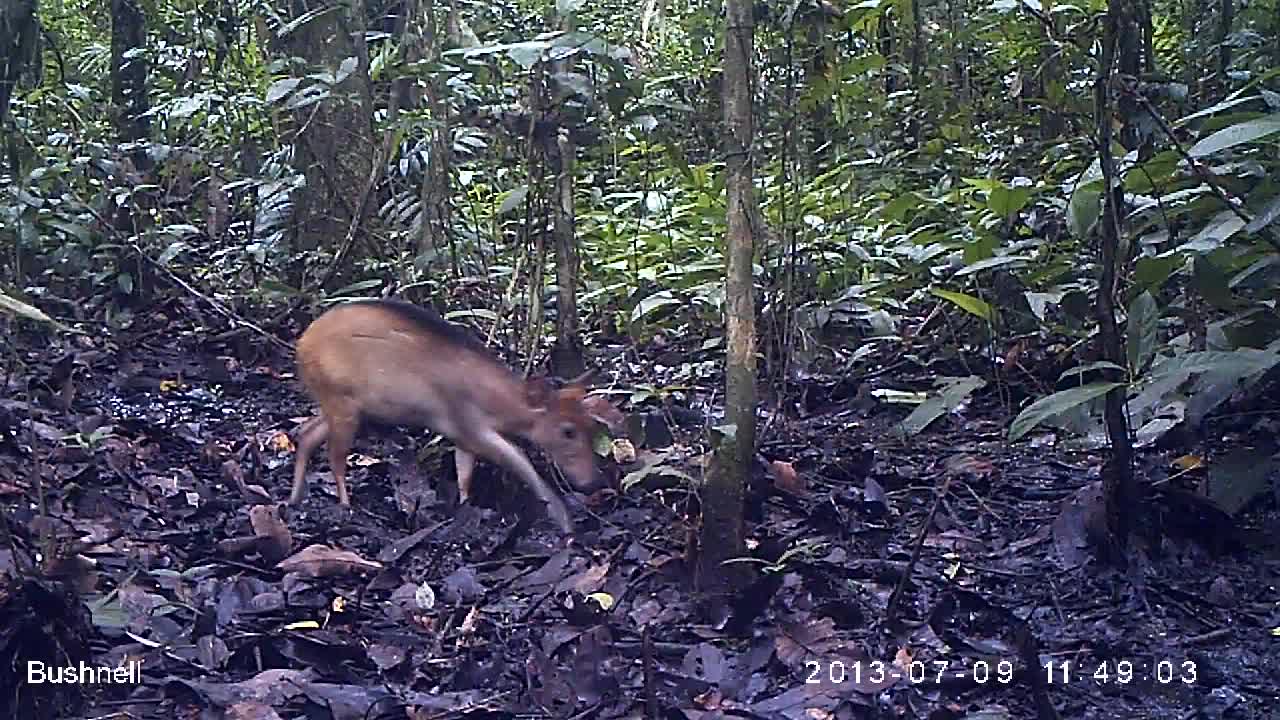
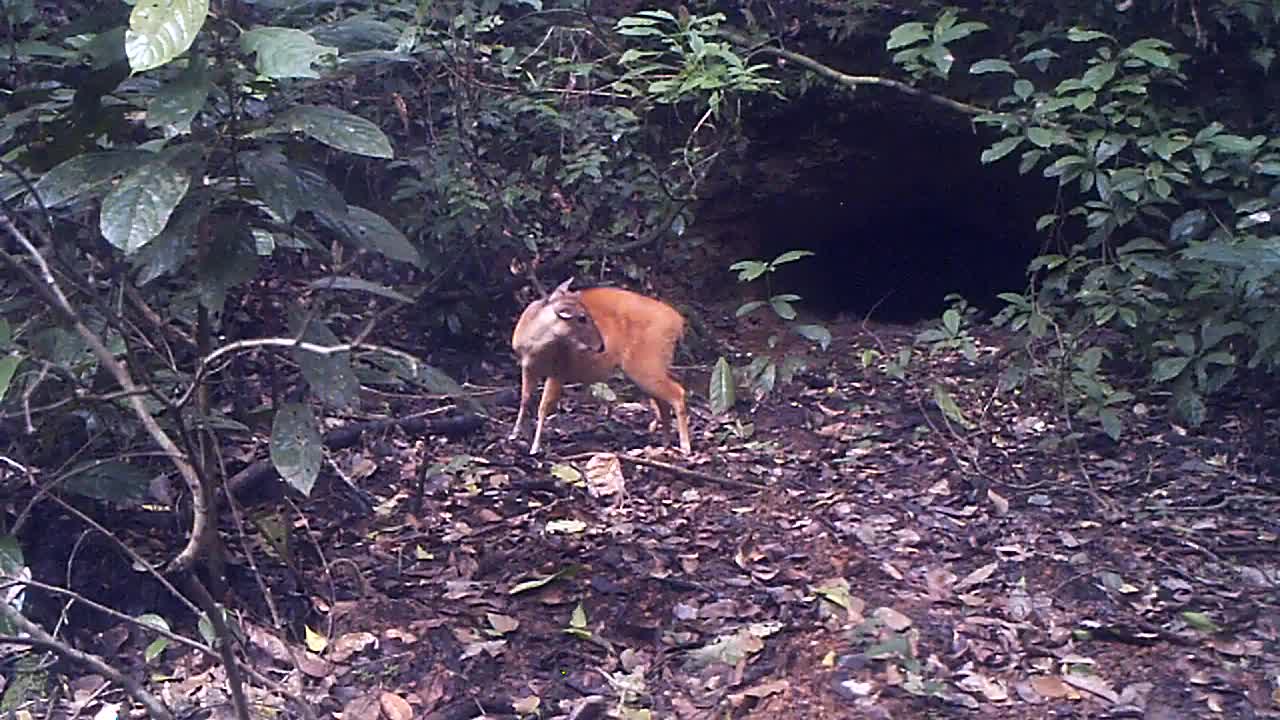
Brooke's Duikers
ACP0002rnp
ACP0003a6a
ACP0003amx
ACP0003frn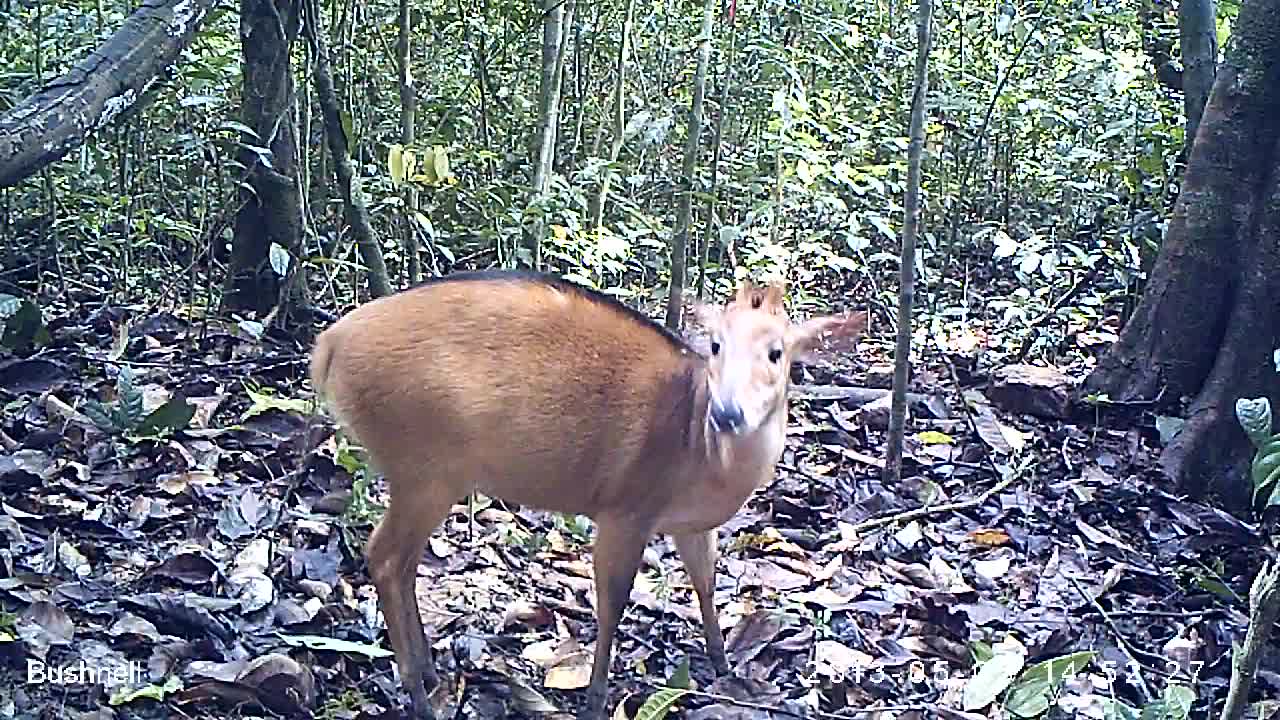
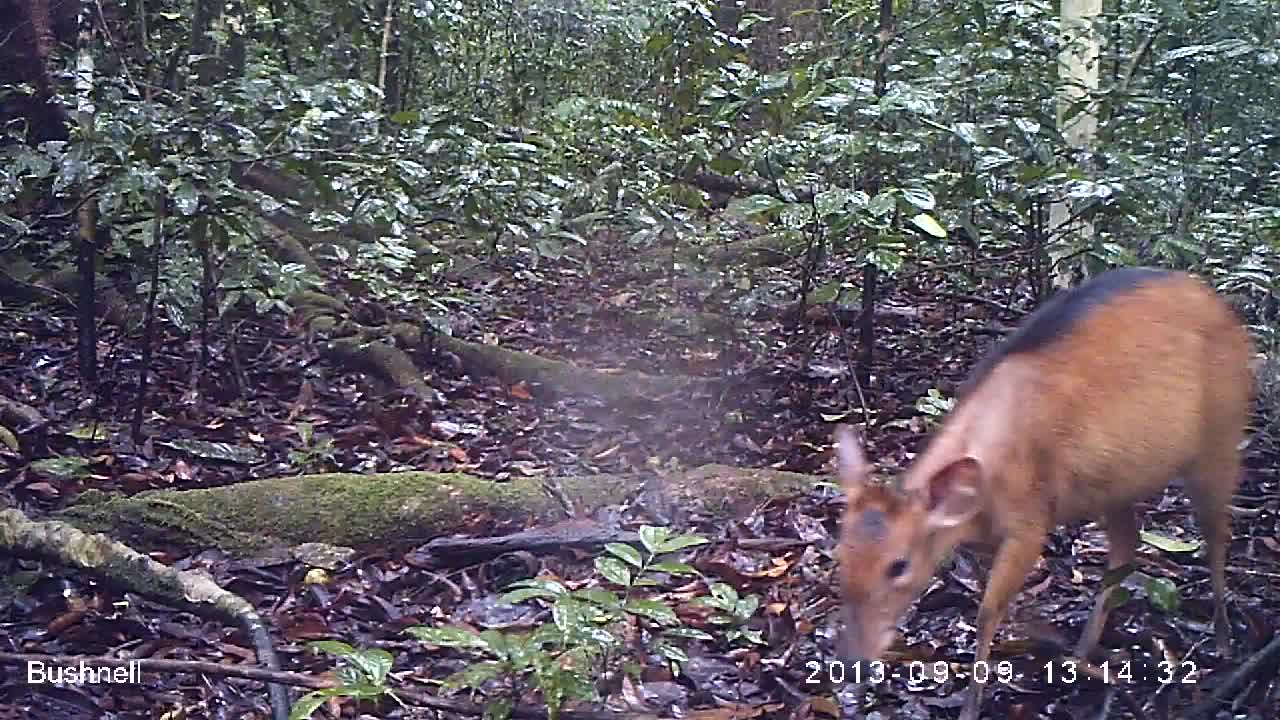
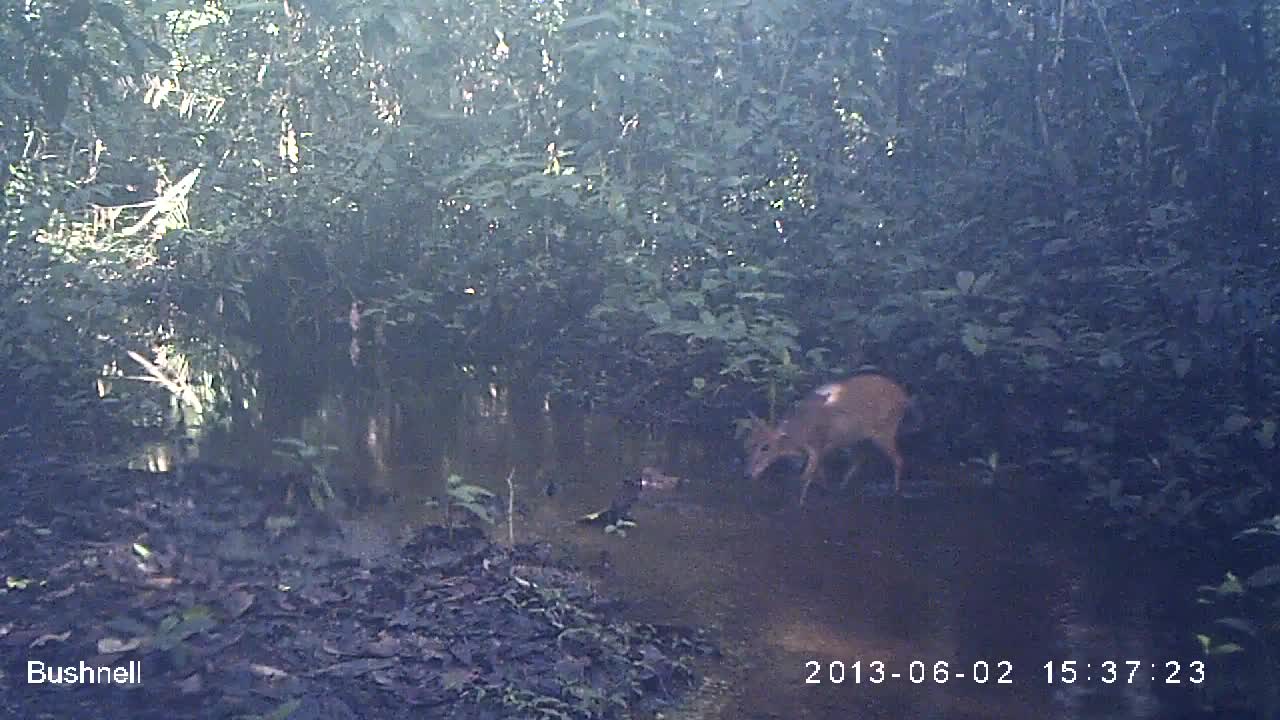
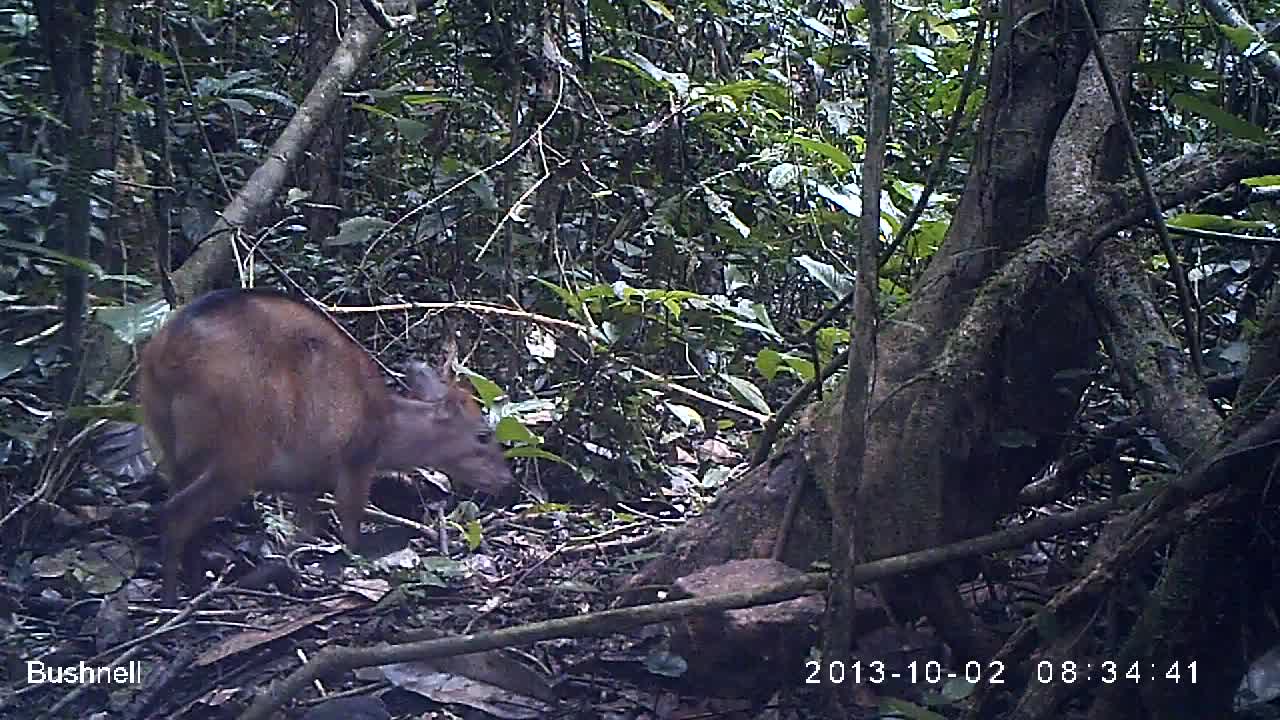
Posted
-
 by
MimiA
scientist, moderator
in response to Quia's comment.
by
MimiA
scientist, moderator
in response to Quia's comment.
White legged duikers are not going to be at cold snowflake, cool silence, red water, muddy frost - the only possibility of us having them is at Shy Waterfall.
Posted
-
 by
MimiA
scientist, moderator
in response to ksigler's comment.
by
MimiA
scientist, moderator
in response to ksigler's comment.
@Ksigler, Quiet Wood and Frosty Sky are out of the distribution range of Ogilbyi so can you please correct your post above? Thanks!
Posted
-
 by
Quia
moderator
in response to MimiA's comment.
by
Quia
moderator
in response to MimiA's comment.
So is it just variation within the species of Brooke's Duikers? I'm seeing two types, ones with darker forelegs, and those with white forelegs.
Posted
-
 by
Snorticus
by
Snorticus
#brookes_duiker from clip ACP0004ayq
Full body shot and nice view of the black stripe along the back ending before reaching the tail.
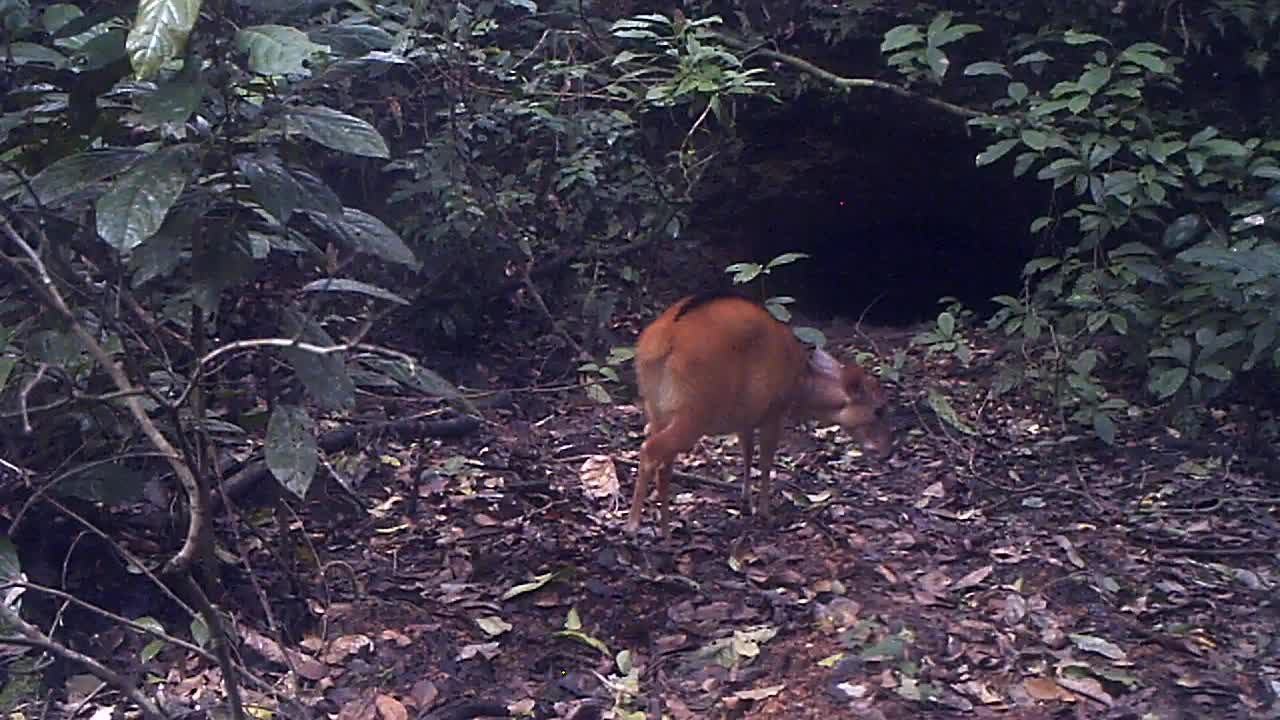
Posted
-
 by
Snorticus
in response to Quia's comment.
by
Snorticus
in response to Quia's comment.
I just had to fix a bunch of misspelled #brookes_duiker 😦
Hope I got them all.
Posted
-
 by
ksigler
moderator
in response to MimiA's comment.
by
ksigler
moderator
in response to MimiA's comment.
Wasn't sure about that part -- fixed! Thanks!
Posted
-
 by
jwidness
moderator
by
jwidness
moderator
Clarification question: is it the case that all red duikers found at cold snowflake, cool silence, red water, and muddy frost are either bay duikers (dorsal stripe continues down the tail) or Brooke's duikers (dorsal stripe ends before tail)?
Edit: it looks like red-flanked duikers maybe are also present?Posted
-
 by
MimiA
scientist, moderator
in response to Snorticus's comment.
by
MimiA
scientist, moderator
in response to Snorticus's comment.
Hey @Snorticus - could you post your favourite screen shots from those videos please? thanks!
Posted
-
 by
MimiA
scientist, moderator
in response to Quia's comment.
by
MimiA
scientist, moderator
in response to Quia's comment.
I think yes, but @WillemFrost can maybe tell us more 😃
Posted
-
 by
MimiA
scientist, moderator
in response to ksigler's comment.
by
MimiA
scientist, moderator
in response to ksigler's comment.
Thank you!
Posted
-
 by
MimiA
scientist, moderator
in response to jwidness's comment.
by
MimiA
scientist, moderator
in response to jwidness's comment.
I have to check my duiker guide - I will get back to you on this!
edit: now with your edit including red flanked duikers you are correct!
Posted
-
 by
MimiA
scientist, moderator
in response to Snorticus's comment.
by
MimiA
scientist, moderator
in response to Snorticus's comment.
Thank you!
Posted
-
 by
Snorticus
in response to MimiA's comment.
by
Snorticus
in response to MimiA's comment.
Are the jpegs associated with the preview numbers the only way to get photos from these clip? Wouldn't the images be clearer if they were isolated from a single frame of the video, or am I wrong about that? I guess that's a tech question - would it require using imaging software to isolate individual frames?
I ask because the video clips are good of the brooke's duikers but the preview stills are not clear.
I will post this to the tech discussion thread also.
Posted
-
 by
MimiA
scientist, moderator
in response to Snorticus's comment.
by
MimiA
scientist, moderator
in response to Snorticus's comment.
You are right, I should look into the best way of pulling am image from the videos. In any case, posting your favourite image will help Willem decide which photos are the best, even if we need to tweak the capture process. Thanks!
Posted
-
 by
Snorticus
by
Snorticus
Posted
-
 by
Snorticus
by
Snorticus
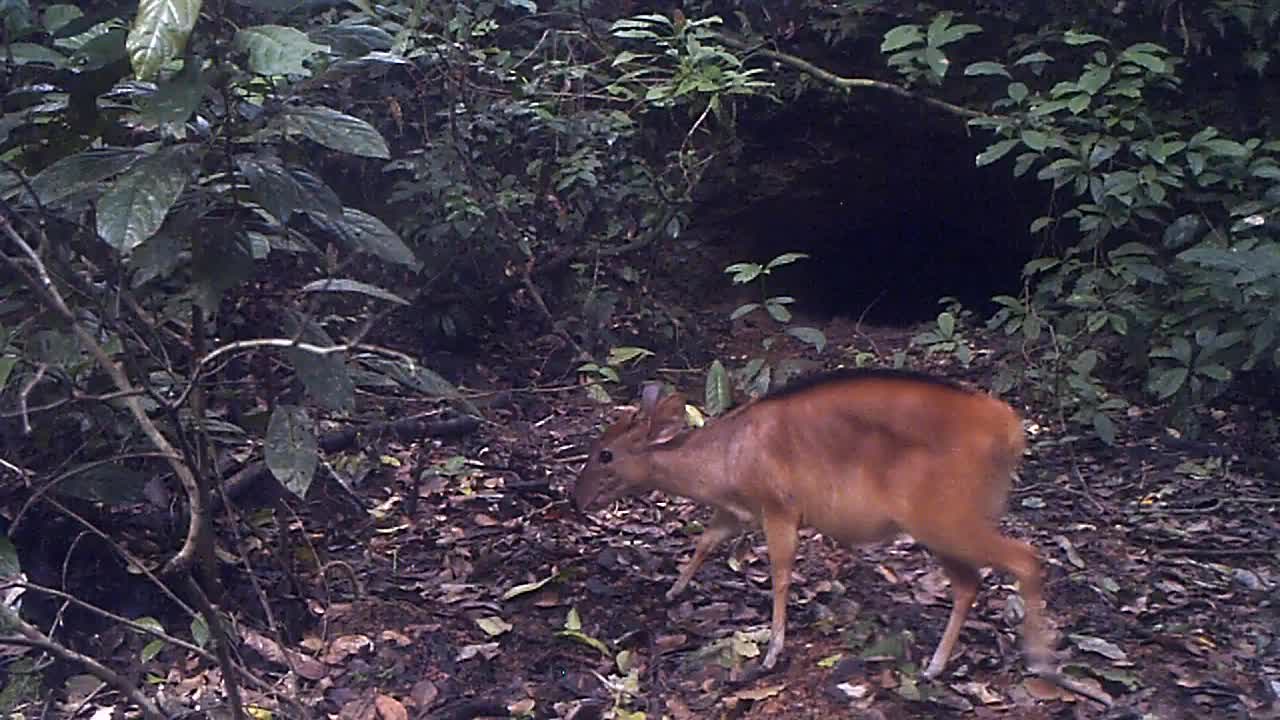
Posted
-
 by
ksigler
moderator
by
ksigler
moderator
Here are a few. Still looking for better quality.
From: ACP0002nez
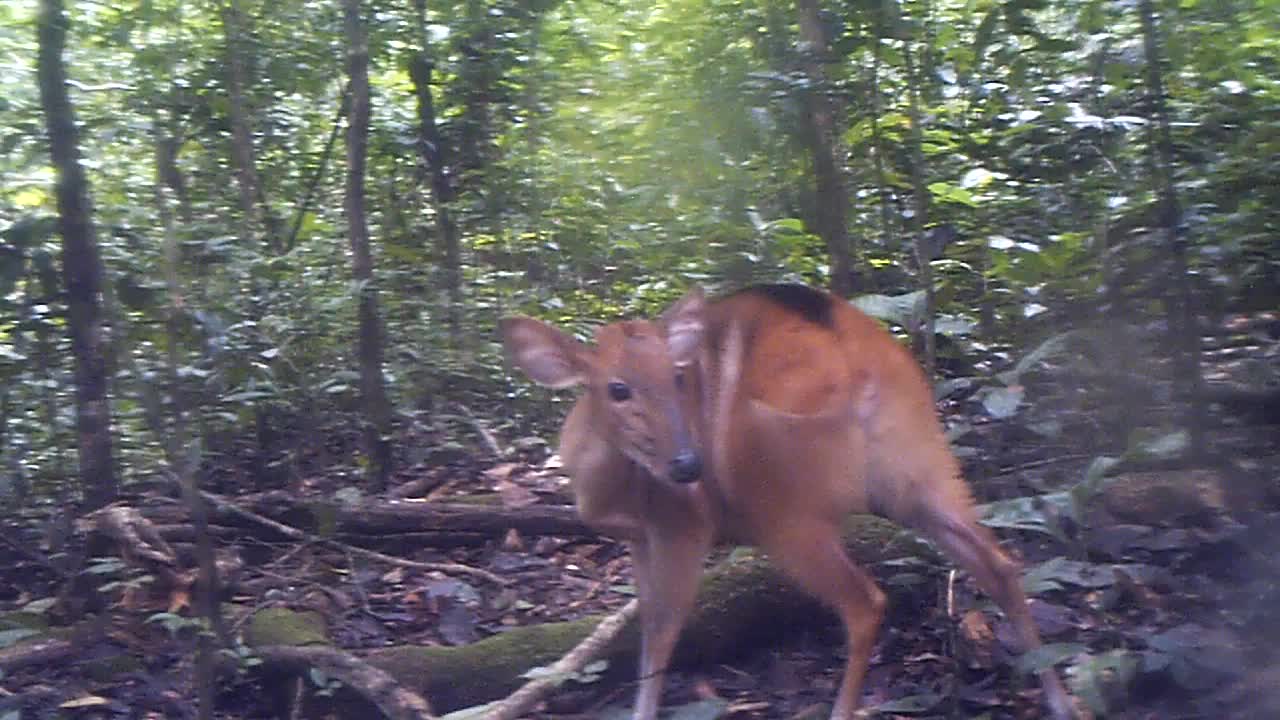
From: ACP0002nf0
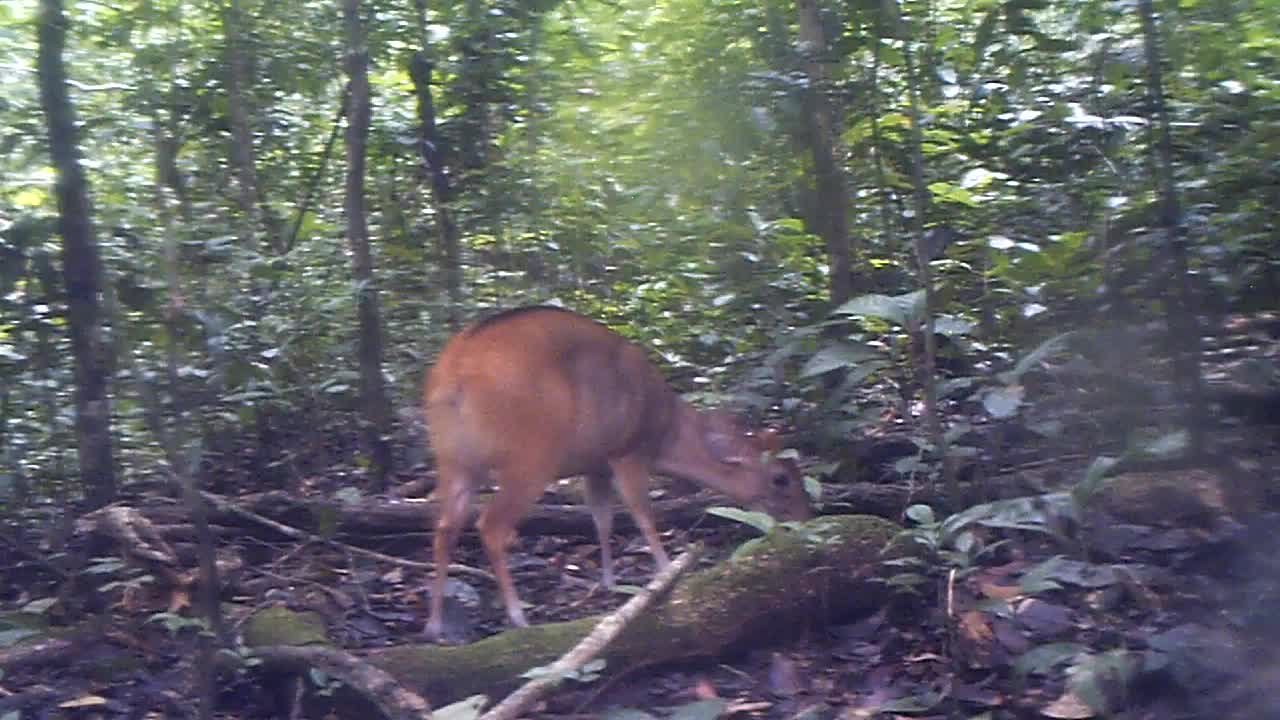
Posted
-
 by
WillemFrost
by
WillemFrost
Just to get us all on the same page as far as names are concerned:
Brooke's duiker can be treated as a distinct species, which case its correct name is Cephalophus brookei.
The White-legged duiker is a subspecies of Ogilby's which means that
Ogilby's duiker is Cephalophus ogilbyi ogilbyi, and
White-legged duiker is Cephalophus ogilbyi crusalbum.Posted
-
 by
ksigler
moderator
by
ksigler
moderator
Brooke's from ACP0002vvi, ACP0002vvj
Posted
-
 by
DZM
admin
by
DZM
admin
This project has the coolest community and accomplishes the coolest things. Just saying. 😃
Posted
-
 by
Quia
moderator
by
Quia
moderator
Nighttime only, and both in RW6, which is outside the range of the pygmy antelope.. but what are they? Two similar looking little fellows, the first one it does move around a bit and there are some nice front/back views, the second one stands directly under the camera for all the videos I could find of it, grooming and otherwise being unhelpful in regards to full body shots.
ACP0003deu ACP0003dev ACP0003dew ACP0003dex ACP0003dey ACP0003dez ACP0003df0 ACP0003df1 ACP0003df2 ACP0003df3 ACP0003df4
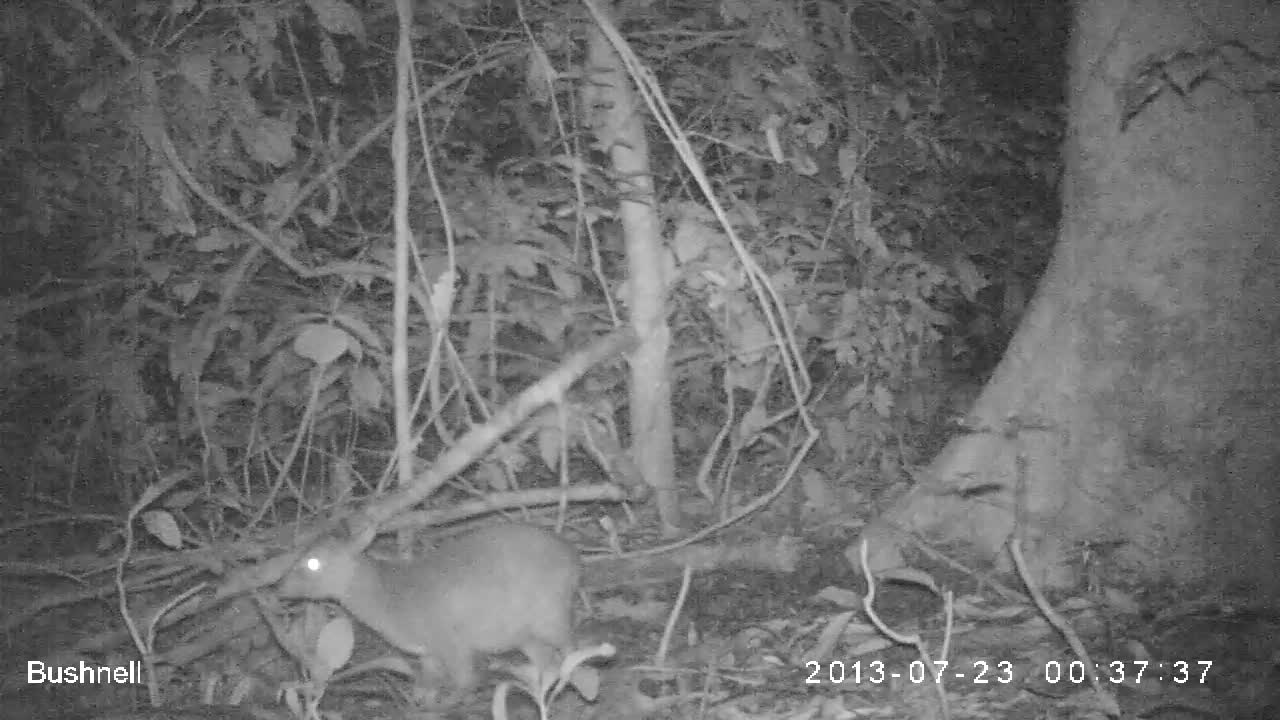
ACP0003fdw ACP0003fdx ACP0003fdy ACP0003fdz ACP0003fe0 ACP0003fe1 ACP0003fe2 ACP0003fe3 ACP0003fe8 ACP0003fe9 ACP0003fea ACP0003feb ACP0003ff8 ACP0003ff9 ACP0003ffa ACP0003ffb
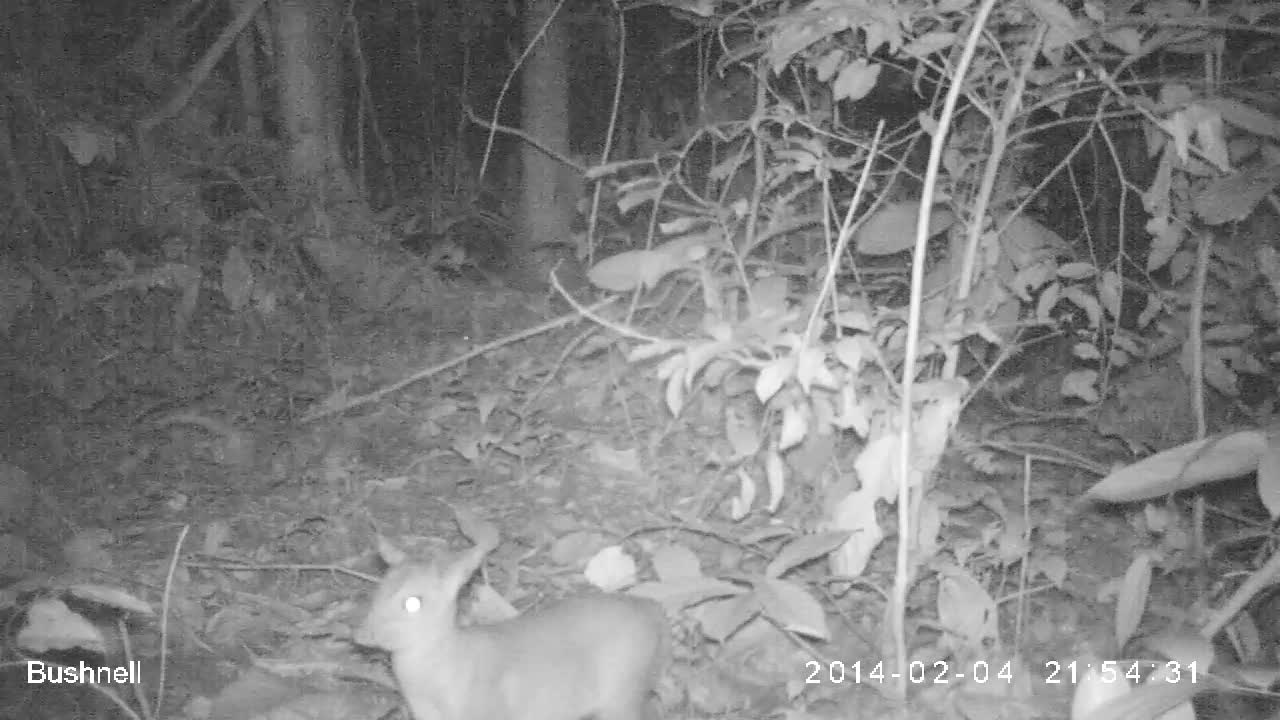
Posted
-
 by
AnLand
moderator
in response to Quia's comment.
by
AnLand
moderator
in response to Quia's comment.
Hi @Quia, might this be the same you are looking for or is it just a small gray duiker without tail movement (or without a tail?). ACP0004l2x (Muddy Frost)
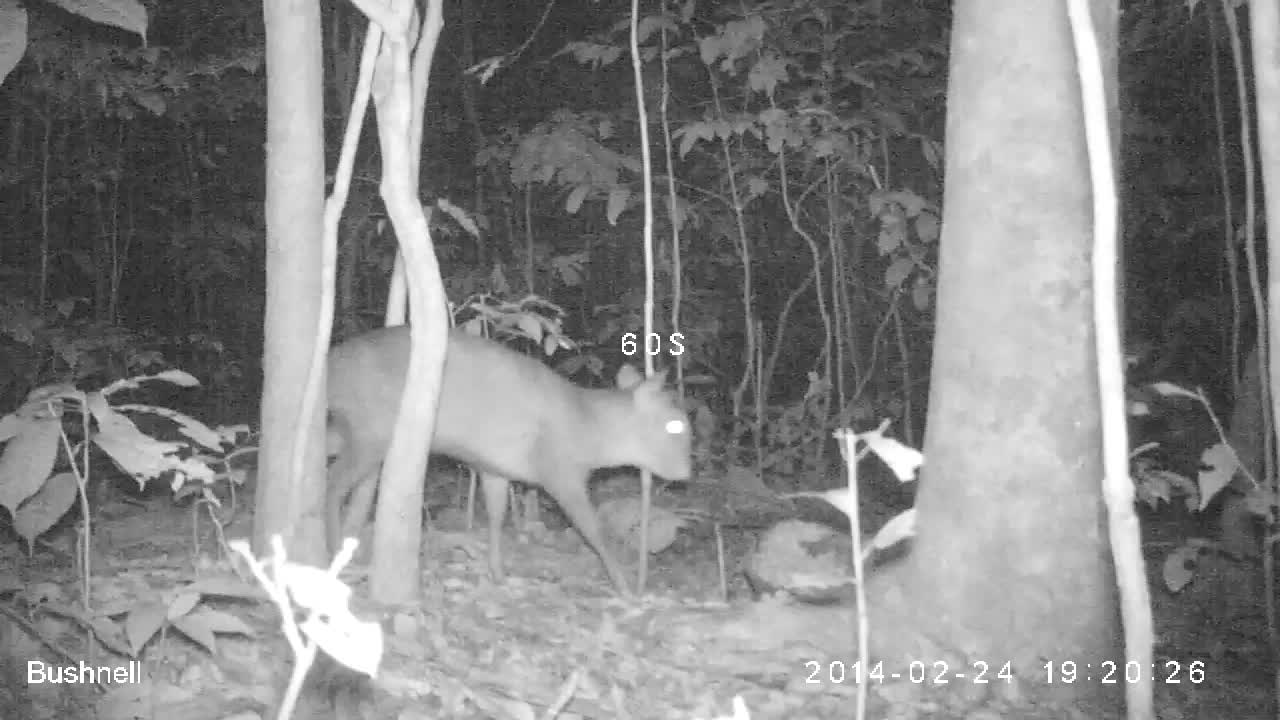
Posted
-
 by
NuriaM
scientist, moderator
by
NuriaM
scientist, moderator
isn´t it a Maxwell´s duiker?
Posted
-
 by
Quia
moderator
by
Quia
moderator
@AnLand yes, I think that's the same species!
@NuriaM I'm not so sure it's a Maxwell's, it's about the right size(maybe a little bigger?) the head looks blockier, and the tail looks narrow and black instead of the wide, white rimmed tail of the Maxwell's. Also I don't think we've seen any Maxwell's at night(unless these are...) we see them during the day, and dusk/dawn. That said, I don't know what it might be. 😃
Posted
-
 by
NuriaM
scientist, moderator
in response to Quia's comment.
by
NuriaM
scientist, moderator
in response to Quia's comment.
its angular head made me think of a Maxwell´s...but you are right about the tail and the shape of the head.
another guess was Royal antilope (Neotragus pygmaeus). Its range would fit, but still they have white belly, chin and chest (and ours doesn´t) 😦
Posted
-
 by
Quia
moderator
by
Quia
moderator
Well, they are to remain a mystery unless we are lucky enough to see one in the daytime and get some more details!
Back on track for Brooke's Duikers, we have this keyword collection of all the tagged Brooke's. http://talk.chimpandsee.org/#/collections/CCPL0000a2
I think we have a good selection of the best videos here in this thread already, but just in case more examples are needed!
Posted
-
 by
MimiA
scientist, moderator
by
MimiA
scientist, moderator
I think Royal Antelope is what it might be - in this image for example, the white is very hard to see: http://www.wild-about-you.com/GameRoyalAntelope.htm
Posted
-
 by
ksigler
moderator
by
ksigler
moderator
This sequence has some brightly lit, close-up views of the brooke's duiker: ACP0002wfp ACP0002wfq
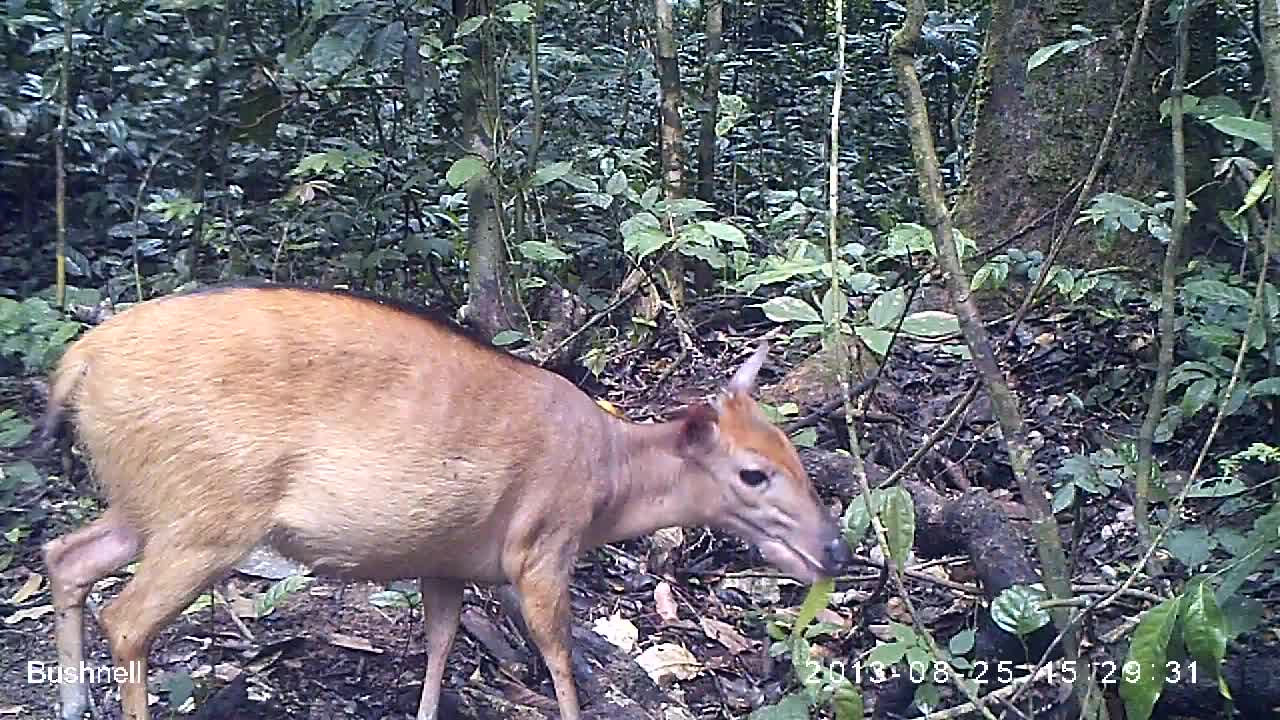
Posted
-
 by
Mercury82
by
Mercury82
Brooke's Duiker
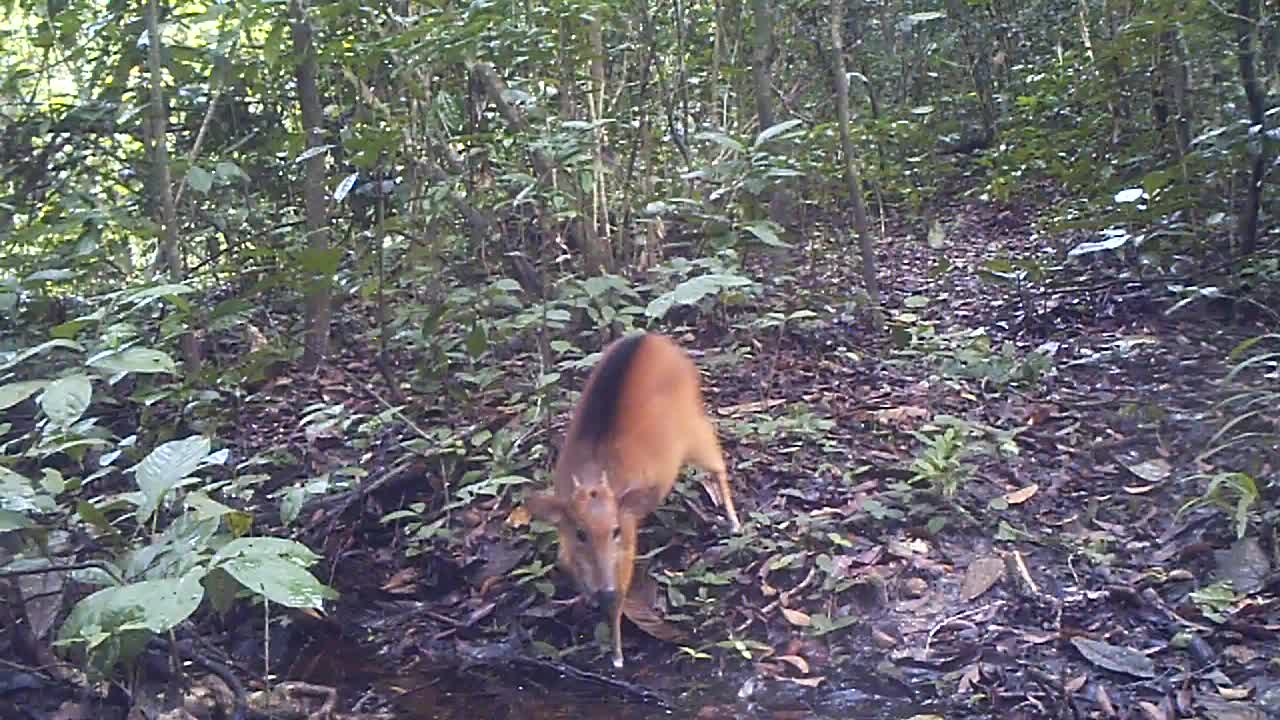
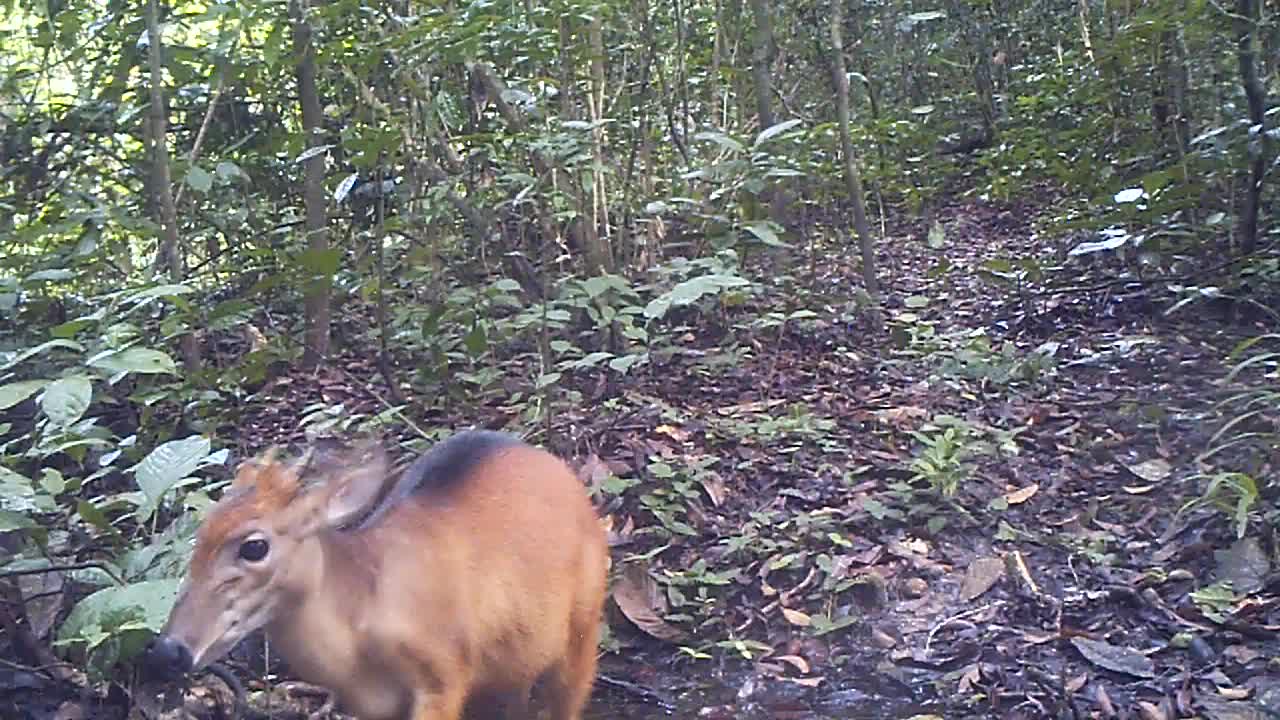
from clip ACP0004dk3
Posted
-
 by
Mercury82
by
Mercury82
As the red-flanked duiker was mentioned too - how can I distinguish it from Brooke's and Bay Duikers?
And, being on the subject of duikers - what are the distinguishing features for small grey duikers (monticola and maxwelli)?Posted
-
 by
ksigler
moderator
in response to Mercury82's comment.
by
ksigler
moderator
in response to Mercury82's comment.
Hi, @Mercury82! I had similar questions... The original post of this current thread discusses Brooke's duikers. Please see this thread for a little bit of discussion about the bay, red-flanked, and black-fronted duikers. I'll add some comments about grey shortly.
We're working on combining all this into one place! 😃
Posted
-
I'm seeing duiker at Crimson Dew with what appear to be white eye stripes and white ear tips - what are these?
Posted
-
 by
ksigler
moderator
in response to GizmoMischief's comment.
by
ksigler
moderator
in response to GizmoMischief's comment.
It may be a bay duiker or small grey duiker. If you have a link to the clip, please share it. It should be in your Recent list in your profile. You can also check out the Identifying Duikers guide for descriptions and examples of all the duikers.
Posted
-
 by
jim_pea
by
jim_pea
So if the black ends before the tail it is a Brookes. If the black reaches the end of the tail anywhere else then it is a Brookes. lol
Posted
-
 by
ksigler
moderator
in response to jim pea's comment.
by
ksigler
moderator
in response to jim pea's comment.
😃 Fur coloration isn't exact, so it can be confusing for the species that look very similar except for where one color ends and another begins. There are other factors, like location, age/size, and smaller physical clues that are just as important to consider when making an ID. If you're seeing conflicting guidance somewhere, though, please let us know.
Posted
